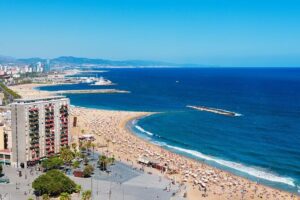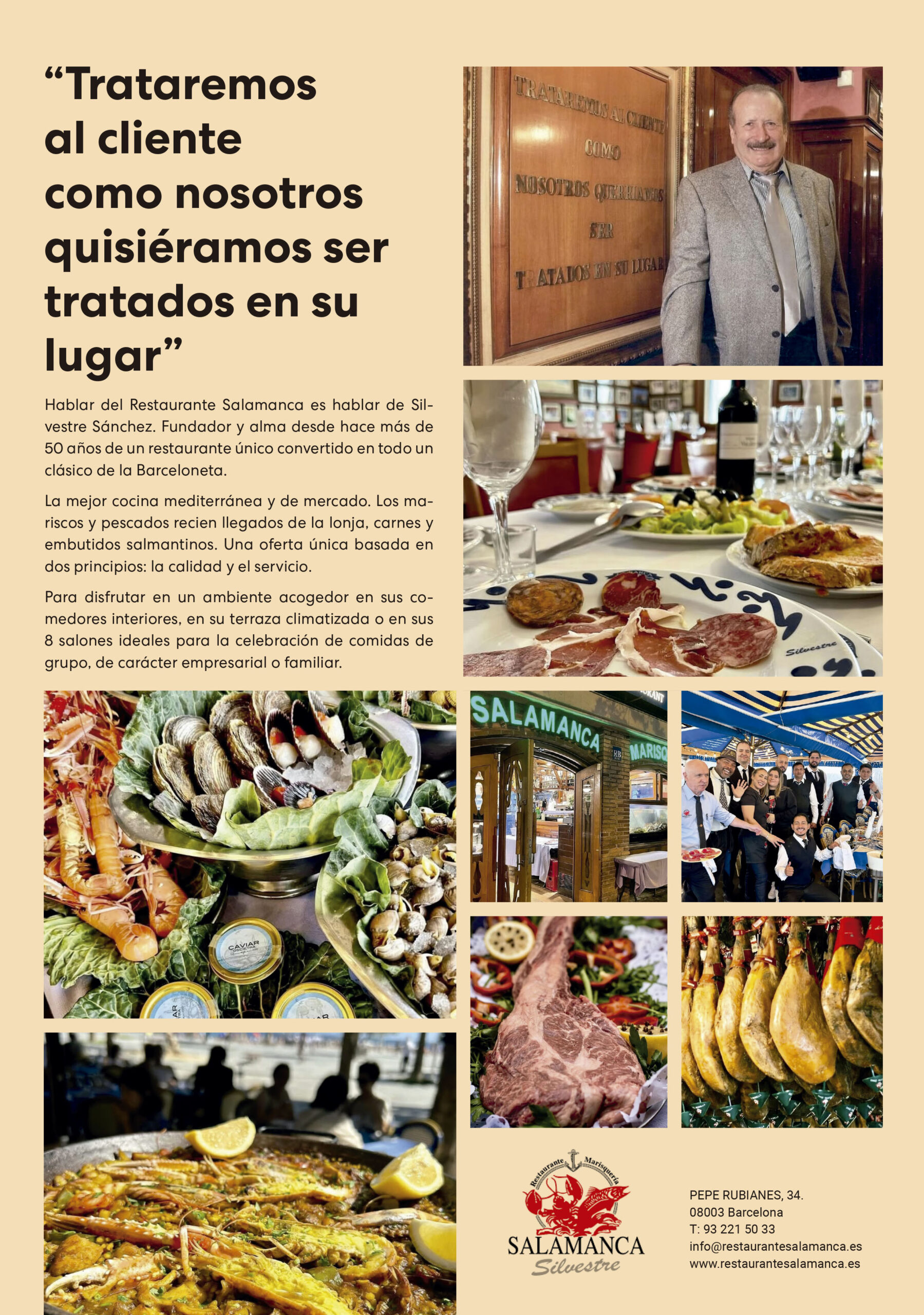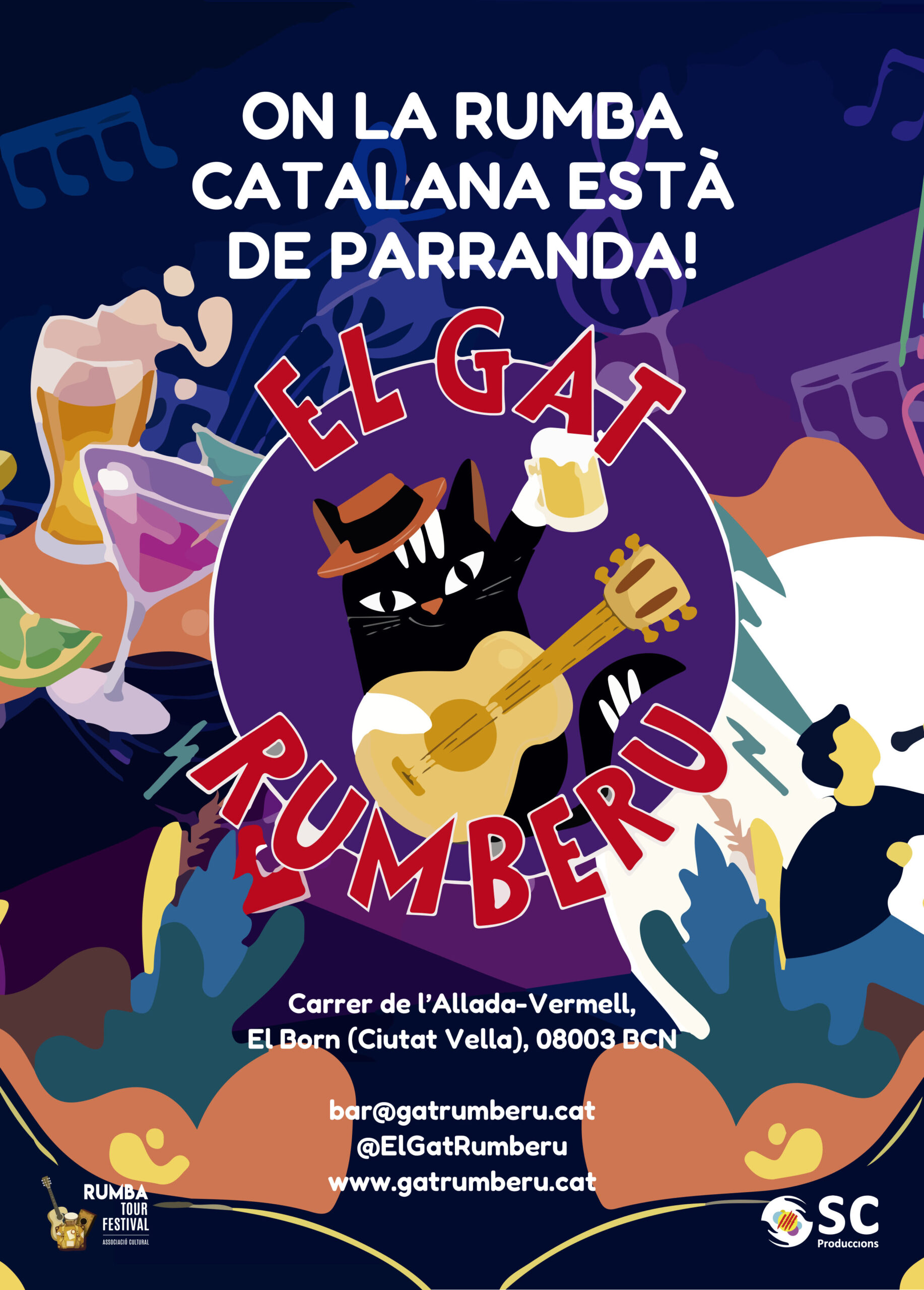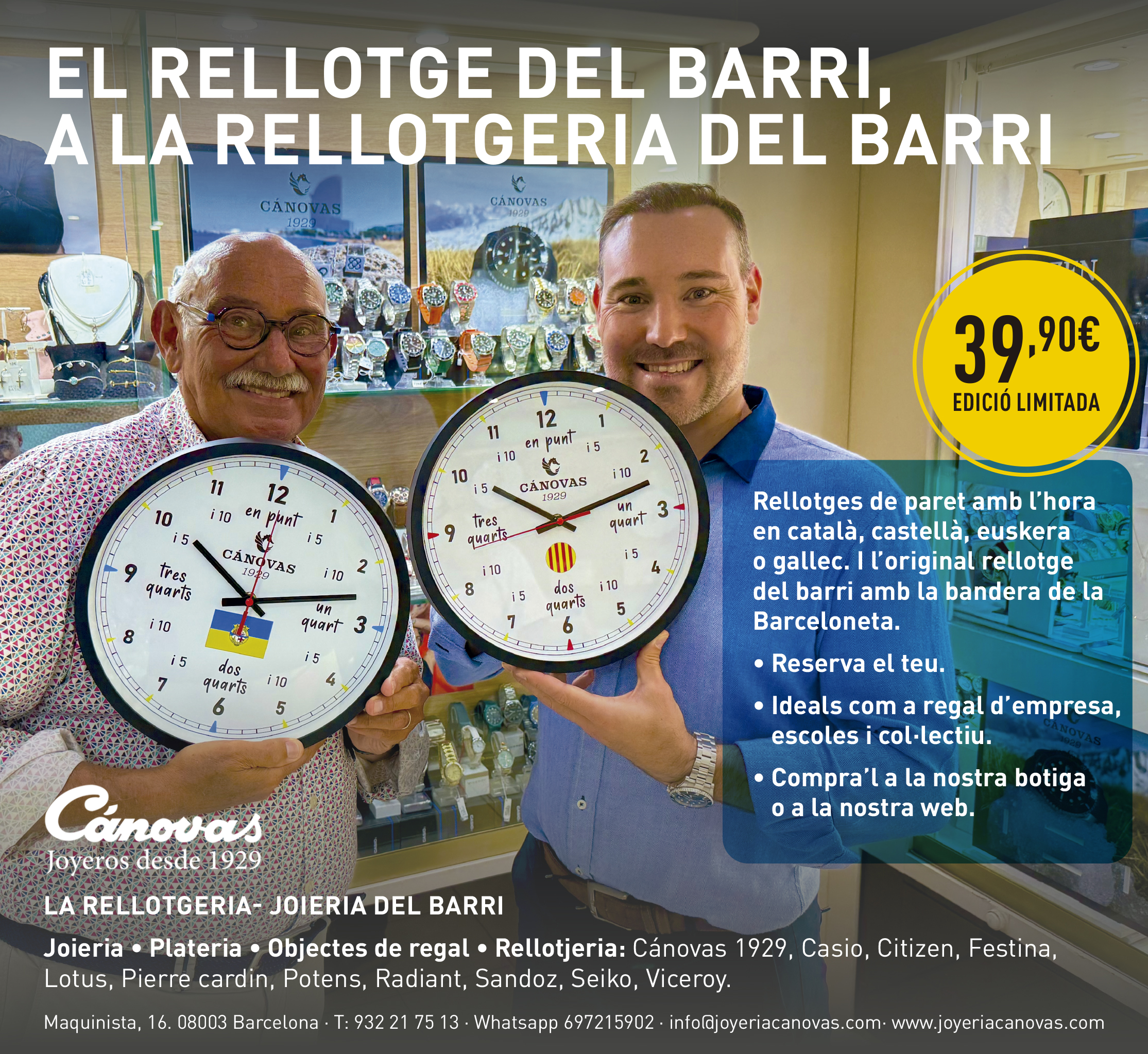El Tipa imported it from the French
“Mr. Mayor, we want the cannon! Mayor, we want the cannon!” This is how the arrival of the Barceloneta festivities was announced.
Every year on September 29 at nine in the morning, a crowd of children and adults demanded—as was customary—that the Rector bring out the cannon that would fire the shot to inaugurate, once again, the neighborhood festivities.
This custom of announcing the event with a cannon has a history. Apparently, the person responsible was Mr. Tipa, owner of the restaurant that bore his name, although his real name was Pancracio Farrell. He was called Tipa because one day he decided to make a large pot of stew and offered it to all the port workers and other laborers: they could eat their fill every day for ten cents, regardless of how much food they could eat. Once again, the neighborhood was a pioneer in a practice that would eventually be called an “all-you-can-eat buffet,” a practice that others copied much later. Mr. Pancracio—Tipa—used to spend his summers in a small village in France, where his mother-in-law was from. There he discovered the custom during the village festivals of using a cannon that fired salvos and spit out a large amount of candy, which delighted the children of that place. Back in the neighborhood, Tipa, who was a handyman and also the president of the Barceloneta Festival Committee, decided to build a cannon similar to the French one. He set to work, and from then on, the custom of waking up the neighborhood on Saint Michael’s Day with cannon shots was a practice that never failed.
The cannon traveled through all the streets of the neighborhood, stopping at all the bars—which were not few—and firing a cannon shot that deafened everyone present. The parade was led by General Lagarto, who at that time was Camús, a fisherman dressed in a French general’s uniform, given the origin of the project. Later there were others, the most famous being Paco El Tonto, to whom we will devote a separate chapter. All this took place in the mid-1930s, during the Republic. El Tipa was a member of Francesc Cambó’s Liga party. Mr. Ganassa, owner of the bar that bore his name, neighbor and friend of the former, was a member of Esquerra Republicana, which meant that they were always at odds with each other over the slightest excuse. Mr. Ganassa was jealous of the success his friend’s initiative had had among the neighbors. So he was thrilled when all the windows in the bar were shattered by a courtesy cannon shot from his friend Tipa and his coveted cannon. After a confrontation between the two restaurant giants, who had more authority in the neighborhood than the mayor himself, Tipa decided to store the cannon in the bar’s basement to avoid further problems, leaving the neighborhood without the cannon shots and candies they had become accustomed to.
The neighbors indignantly went to ask the parish priest of the church of San Miguel to intervene. His name was Pere Mujal. That man felt pressured by the crowd. The same crowd that a few years later would come to this same church to tear down the bell tower and turn the bells into shrapnel to be used in the fight against Fascism, and, incidentally, tear down the Archangel that presided over the facade of the church and for years gave its name to that square, which, with its central fountain—a copy of the one in Canaletes—was a source of pride in our neighborhood.
The rector appeared at the door of Can Tipa, surrounded by that troop of beasts thirsty for gunpowder, who only needed torches to look like a rehearsal for the scene in the movie Frankenstein where the peasants lynch the monster. This time, however, the monster in question performed a “veronica” and, with a wave of his cloak, passed the responsibility on to the church. In the end, the cannon ended up in the basement of the rectory, with the parish priest under pressure from both Ganassa and Tipa not to move it from there, either for Sant Miquel or on any other occasion.
Under the parish priest’s guardianship, it remained buried until the end of the war, when, with somewhat more authority, he decided on September 29 to lend it to the populace, resisting the temptation to exchange the salvos for shrapnel.
From then on, every year on Saint Michael’s Day, even after the arrest was lifted, the whole neighborhood stands in front of the rectory and sings: “Reverend, we want the cannon! Reverend, we want the cannon!”










